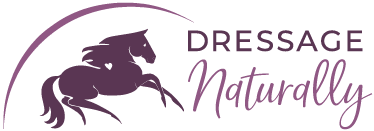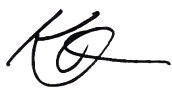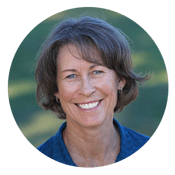Not missing the forest for the trees...Keeping the Big Picture in mind when advancing with your horse.
It happens all the time...
We start an activity or passion or hobby because we are attracted to it, we love it, we are fascinated by it. We are excited by the tiny advances we make and are appreciative of the small steps towards our goal. We find ourselves day dreaming about it, and going through the motions of it in elevators or while sitting at our desks. We often can't even believe that we are so lucky to be doing this. In times of trouble, we tend to be humble and curious, rather than egotistical and blaming.
But then over time, perhaps there are certain things about it that become like work, or we are now at a level where the steps are smaller, slower and harder coming. We need to update our equipment, we expect more of ourselves and our tools. We get frustrated when it doesn't go as well as we believe it ought to...When people compliment us, we may find ourselves saying things like: "Uch, that was terrible today", when the other person is still new and would pay anything to be able to do what we do...
It may happen that we find ourselves at a very advanced level, but we suddenly realize that everything is difficult and it simply isn't as much fun anymore. We are able to get advanced maneuvers done, but somehow the most simple things are difficult or of decreasing quality. Horses are developed that reflect this: They are high level, but no one can ride them or handle them unless they are an experts of control. Horses rather than the technique can be blamed.
What has happened?
Often it is because we are "missing the forest for the trees". We have lost track of the big picture of what we are doing. We have lost track of the most basic principles and lessons.
Training Scales and systems with levels can make horse training appear to be linear and sequential; we complete step one on the checklist and move on to the next. But the reality is that training is an amorphous multi-dimensional endeavor separate from time and space. A Grand Prix horse should still have excellent Training Level inside him and a Training Level horse should be performing in a way that will lead to Grand Prix. But how many times have we seen Grand Prix horses who have a decreased quality of gait through their training process, or a horse's exuberance and freedom restricted in order to appear steady and polished enough to win a Training Level competition?
Whether we are talking about preserving the freshness of passion for our horses, or, (because believe it or not, not everyone who rides started out as a horse crazy young girl!), if we are simply trying to preserve excellent basics as we advance our upper level prospect, we have to bring our foundation forward with us. The trick is to recognize a foundational problem from an advanced problem. Does our horse have a problem with extensions because he need a bigger half halt or because he is bored out of his mind?
Since I do Dressage, Naturally that is the context I will write the rest of this article, but for every discipline the same idea can apply. I will outline the Big Picture as it floats around in my mind for this specific discipline.
Principle Objectives
What are we trying to do? If we don't have a simple "mission statement" for our riding, it is easy to get off track. The mission statement for Dressage, Naturally, for example, is: Creating stronger partnerships and healthy biomechanics through combining the principles of natural horsemanship with the art of dressage. Then I make sure I know what I mean by "natural horsemanship" and "dressage", so I have those definitions in the front part of my consciousness:
- Natural Horsemanship: To understand horses so we can develop partnerships with them by using psychology, understanding and communication rather than fear, mechanics or force.
- Object of Dressage: The development of the horse into a happy athlete through harmonious education resulting in a horse who is calm, loose, supple and flexible but also confident, attentive and keen, thus achieving perfect understanding with his rider. (FEI rule book)
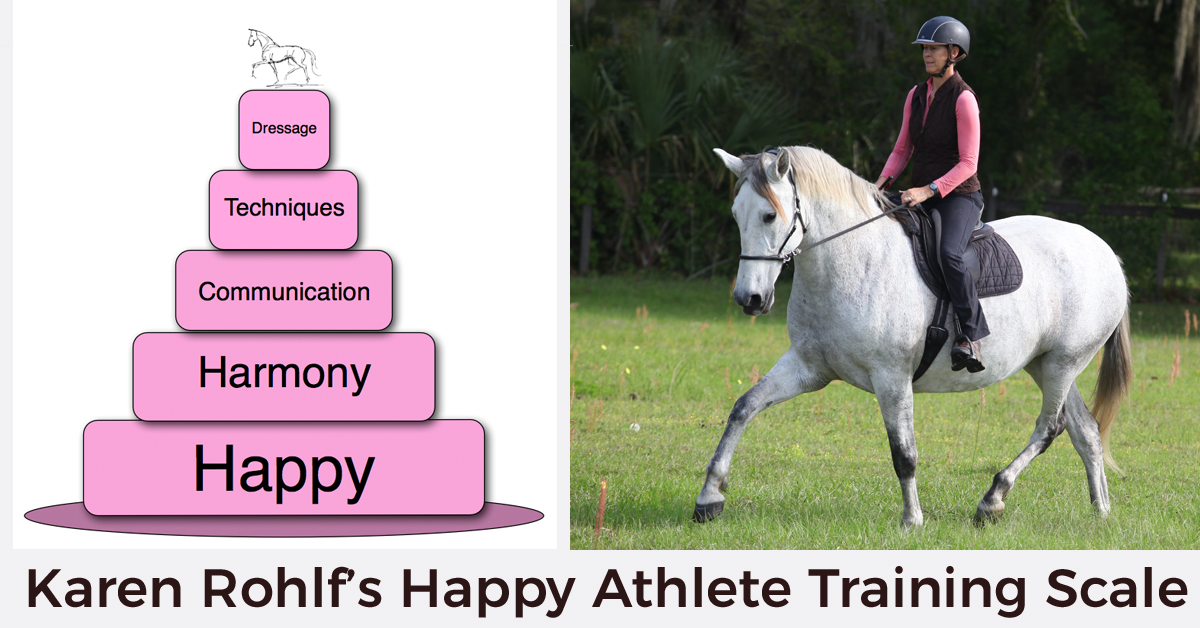
Layering of Priorities
There are different priorities at different levels of development. Once a quality is gained, it is taken with us as we begin to put a different quality as the priority of focus.
Priority Layer 1:
Partnership: Mental and Emotional Harmony; setting the horse up for a healthy and safe time in our world by understanding their world.
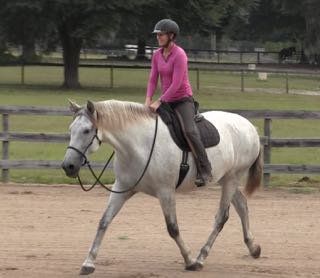 For me, this has to be the first most important part of all our horsemanship, and it is the context for everything we do with our horses. If there is a problem here, it will effect everything. If partnership is good with your horse, everything else has the best chance for success. At this layer our priority will be to focus on establishing qualities such as Communication, Leadership, Calmness, Understanding, Lightness, and Motivation.
For me, this has to be the first most important part of all our horsemanship, and it is the context for everything we do with our horses. If there is a problem here, it will effect everything. If partnership is good with your horse, everything else has the best chance for success. At this layer our priority will be to focus on establishing qualities such as Communication, Leadership, Calmness, Understanding, Lightness, and Motivation.
Our focus will be on learning the character of our horse and making sure we figure out how to establish boundaries, and trust. The most basic conversations need to be learned and most importantly that we know how to keep our horse calm and thinking.
At this stage we can, of course, notice things like biomechanics, and fabulous movement, but it is not the priority. (Who cares about elasticity if your horse is running away with or over you!)
Priority Layer 2:
Healthy Biomechanics: Biomechanical Freedom and Harmony. Finding the sweet spot for quality of gait through conversations about Relaxation, Energy and Balance.
Our partnership is established, and our foundation, or "playing field", is now large enough that we are able to shift our focus to the priority of biomechanics. Here the goal is to help our horses realize what they can do in their bodies that will enable them to carry us firstly without pain, and secondly so their physical potential is unleashed.
Establishing and refining our ability to communicate with our horses to make adjustments in their Relaxation, Energy and Balance is key. No matter how advanced we get, the adjustments we make when riding are related to these three areas. We either need them to add more or less energy, or to adjust their balance longitudinally or laterally. We also need them to understand the concept of relaxing, especially under pressure.
This conversation about relaxation is often overlooked. Relaxation is believed to be something we must wait and hope for, but if you take the time to help a horse understand you can have a chance to cause it. Every student knows how valuable it is to simply have someone say: "Hey that was great, it's enough!" You exhale and release tension. We need to make sure we can do the same for our horses. The clearer our horses are about when they are "off duty", the clearer they will understand when you are asking for something. Power is a combination of Energy plus Relaxation, while energy without relaxation is just... tense energy!
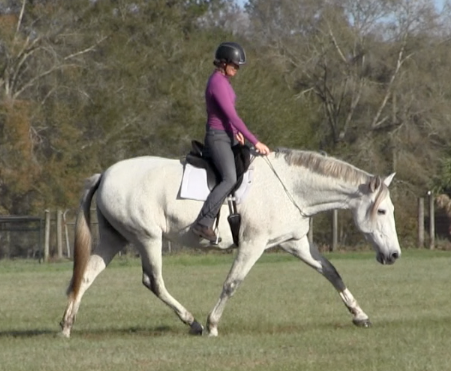 At this stage one of the most important lessons from my view point is to use these conversations to show the horse what they can do, and allow them to experience being free, forward and supple on their own. The premise is that balance and freedom should feel good, so if you show the horse some possibilities, and remove blockages in tension, they should seek it. When this is done well, you will see horses moving differently at liberty. You will see them adjust and find a place of "let-loose". This let loose posture that comes from a horse being energized, relaxed and aligned shows up as a horse who demonstrates some of the most elusive biomechanical qualities: a stretching neck, a supple, moveable back, energized, free-swinging gaits in balanced impulsion. It is relatively easy to shorten a horse, but to collect it and maintain a loose supple back and a telescoping neck requires artful riding and training. I find it very beneficial if the horse is confident to find this freedom within himself early on, with no physical support from the rider.
At this stage one of the most important lessons from my view point is to use these conversations to show the horse what they can do, and allow them to experience being free, forward and supple on their own. The premise is that balance and freedom should feel good, so if you show the horse some possibilities, and remove blockages in tension, they should seek it. When this is done well, you will see horses moving differently at liberty. You will see them adjust and find a place of "let-loose". This let loose posture that comes from a horse being energized, relaxed and aligned shows up as a horse who demonstrates some of the most elusive biomechanical qualities: a stretching neck, a supple, moveable back, energized, free-swinging gaits in balanced impulsion. It is relatively easy to shorten a horse, but to collect it and maintain a loose supple back and a telescoping neck requires artful riding and training. I find it very beneficial if the horse is confident to find this freedom within himself early on, with no physical support from the rider.
This is also the stage where we should be looking for our own healthy, correct biomechanics as a rider. If we can't stay with them in optimal balance and freedom at this stage, it will only be more difficult as the movements become more challenging. Here is where the priority is to practice finding the sweet spot for biomechanics with ourselves and our horses.
The reality is that these conversations about relaxation, energy and balance are all the little adjustments we will be making no matter how advanced we get. There is a sweet spot for shoulder-in, piaffe or riding collected canter down centerline. It will pay to take the time to break down these different communications and really gain confidence in them. Too many times I hear students describing their aids for movements and it is a paragraph! What they are describing is the set of ideal aids, and then all the aids that they have to put on because the ideal aids didn't work!
We are in the sweet spot at any gait, in any movement, at any level when we find our selves saying: "Yes! This feels good." and we are able to be neutral. Neutral just meaning that we aren't experiencing the feeling of needing to "hold it together" with our legs and hands.
Remember, if anything becomes frustrating, or tense at this stage, we know we are getting near the limit of our partnership/foundation. It doesn't mean we don't still "go there" (training is not always smooth and easy) but we need to be conscious of when we are near the limit so we can make decisions of taking a step back, or moving forward knowing we had better improve our skills of partnership-building as we do. As with a plant, if you are not constantly nurturing the Partnership aspect of your horsemanship, then your Partnership is shrinking. When my horses and I go through a challenging training moment, I also know how to make up "partnership time" with my horses so even though the work was hard, in the big picture of my life with them, I am still the source of more good stuff than bad! Because of the time I put into the Partnership Layer... the more I know my horse and specific strategies for each one for how to gain partnership points with them.
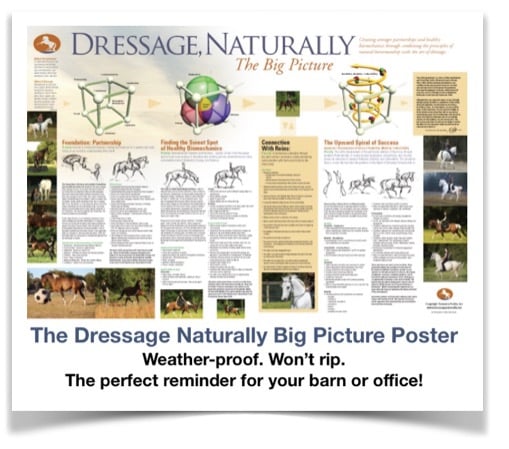
Riding in Connection with the Reins
Somewhere during the process of finding the sweet spot for healthy biomechanics we and our horses are ready to ride in connection with the reins (some would call this riding on the bit, but I do much in the halter, so there is no bit!). Depending on the horse and rider, this may be sooner or later. If you realize that all problems in the body will show up in the reins if they are there, then it makes sense to eliminate as many reasons as possible why you may have a negative connection in the reins. An obvious example may be that if you and your horse are off balance in your bodies and have not established communication about adjusting that, then that may be a reason why you end up heavy in one rein. In the basic level this could be merely making sure the horse follows the rail and is not cutting in... at the advanced level it could be one hind leg stepping in.
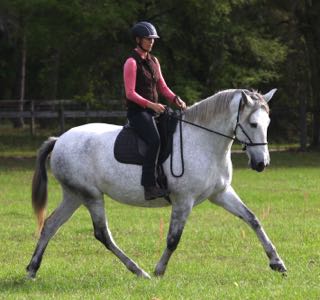 It is important to realize always that the bit goes in the horse's mouth. It is a highly sensitive and easily violated place. We want to make sure that our connection with the reins does not cause anything negative with the horse. Then we can begin to use them as a tool to enhance their way of going. For me, reins have three primary functions:
It is important to realize always that the bit goes in the horse's mouth. It is a highly sensitive and easily violated place. We want to make sure that our connection with the reins does not cause anything negative with the horse. Then we can begin to use them as a tool to enhance their way of going. For me, reins have three primary functions:
- As another point of connection with our horse's energy
- As a way of getting sensory feedback from the horse
- As a way to be very specific about positioning of the head and neck
Remember, though that the placement of the head and neck is largely a result of the positioning of the rest of the spine, and the balance of the whole horse, so the use of the reins for this should be only in a refined way. For example, if I have a horse who has a high tight neck, but he is afraid and crooked, I will address those issues first rather than try to manipulate his neck into a round posture. The only way an afraid, tense, crooked high-headed horse could have a round neck is if he disconnected his neck from his body. The neck will get most of the way where we want it by addressing the other issues. In this way we decrease the amount of tension and mistakes we may make in the horse's mouth, and it helps decrease the chances of setting up a pattern of brace between horse and rider.
I like to separate out the Riding in Connection with the reins from everything else, because it helps me diagnose issues... Is it a connection issue effecting the body, or mind, or is it a body/mind issue effecting the connection. The only way to know is to make sure I ride without connection sometimes! I have a horse who was fairly confident on line and when riding with out reins, but he became spooky when he was doing his working gaits. This way of thinking allowed me to realize that I need to build his confidence while in connection... and to go deeper and find out why he may be feeling trapped and then becoming scared. It tells me that even though he felt good, there was still a greater degree of throughness that I needed to find. I was able to separate out this issue from others.
Priority Layer 3:
Gymnastic Development
The artful development of the gymnastic abilities of the horse through excellent ridermanship to create greater suppleness, straightness and carrying power via Flexibility, Mobility and Collectibility exercises. This should be done in such a way that we take the Objects of Dressage forward with us. Flexibility exercises will lead to greater suppleness, Mobility exercises will lead to greater straightness and Collectibility exercises will lead to greater carrying power.
At this layer of attention, we are taking the sweet spot of our gait that feels good, and making choices of patterns and transitions to perform that will result in improving our horse. Although no training process is free of bumpy moments, the goal should be to challenge the horse in order to develop him. This layer is the real art of dressage. The exercises we can choose from are well documented and easy to find. The art part comes from choosing them well and from staying inside our foundational box at the same time. I like categorizing the exercises in this way because it reminds me of the purpose of the exercises. For example: I am not doing shoulder-in and haunches-in just because it says so in Second Level, I am doing so because if I do lateral work artfully my horse should become straighter over time. If my horse is not becoming straighter over time, then I am missing something in how I am doing my lateral work.
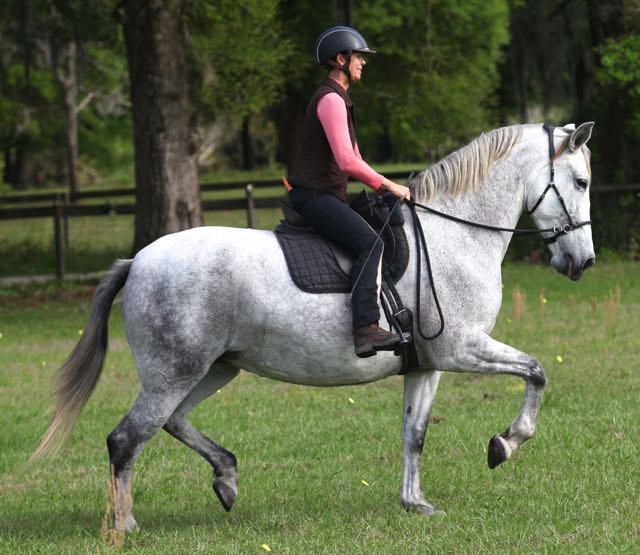 The maneuvers of dressage, the "fancy stuff" can become consuming and addicting. We can get incredibly narrowly focused on the precision at hand. There is a magic at this level where if we diligently and wisely choose the maneuvers we ask of our horse, we can groom our horse one day and suddenly think, "Wow, where did all these muscles come from?!" My trainer, Anne Gribbons, always said that if the horse wasn't becoming more beautiful as we trained, we were doing something wrong. Wise words. I would add: "If our horse isn't becoming more beautiful and more of a partner with us, we are doing something wrong."
The maneuvers of dressage, the "fancy stuff" can become consuming and addicting. We can get incredibly narrowly focused on the precision at hand. There is a magic at this level where if we diligently and wisely choose the maneuvers we ask of our horse, we can groom our horse one day and suddenly think, "Wow, where did all these muscles come from?!" My trainer, Anne Gribbons, always said that if the horse wasn't becoming more beautiful as we trained, we were doing something wrong. Wise words. I would add: "If our horse isn't becoming more beautiful and more of a partner with us, we are doing something wrong."
Unfortunately, sometimes by the time riders pick their heads up out of the sand, the only thing to think is: "whoa, how did I get here?" This once beautiful young prospect "suddenly" has no walk, has sore hocks, a blue tongue and is impossible to catch in anything larger than a stall. Sadly this is not an exaggeration of many horse's experience.
The key is to not miss the forest for the trees. Being aware of the forest means to be aware that these are living creatures who were not born dressage horses. They were born horses. We have a great responsibility to them. It needs to be about helping them recover from our weight sitting on them, by showing them. The goal is to ease their burden. From there we are a team to see just how far we can go... To do things they may never experience grazing in a pasture... to be super-natural. I have had the honor of observing, riding and developing horses in such a way that they become truly proud of themselves... Horses who certainly seem "happier" being able to do these interesting and powerful things.
The layers I described are stages we pass through, but are also different attentions or focuses. At any given time, at any level, we are having some sort of partnership with our horse, are moving with some sort of biomechanic and are choosing some sort of pattern or choice of transition to be doing. The key is to be conscious.
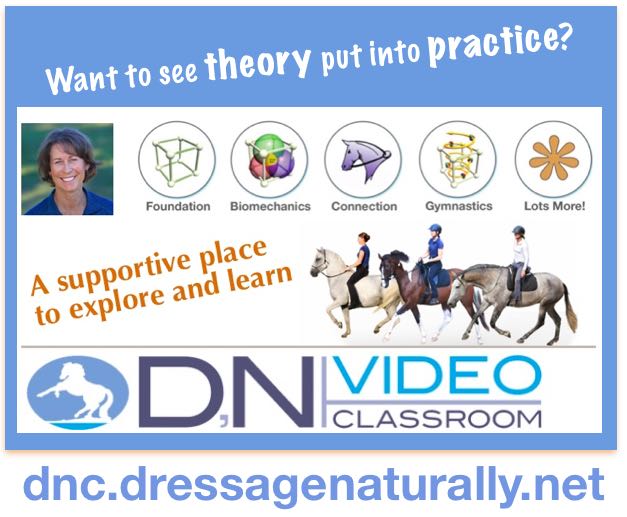 What I have written today is just another way to organize information. The Training Scale and other methods of organizing information are also great tools to try and understand this difficult process. The more I look at different systems of describing information, the closer I feel I am to the truth that is in the middle.
What I have written today is just another way to organize information. The Training Scale and other methods of organizing information are also great tools to try and understand this difficult process. The more I look at different systems of describing information, the closer I feel I am to the truth that is in the middle.
I believe that thinking of the development of you and your horse in this way can help you to diagnose issues as they appear, to prepare prerequisites for each stage, and to help eliminate the possibility of looking at your horse one day and wondering how things could have gone so wrong.
Karen's poster: The Dressage, Naturally: Big Picture, as a visual reminder of what is discussed in this article. It is available at the Dressage Naturally Web Shop.
